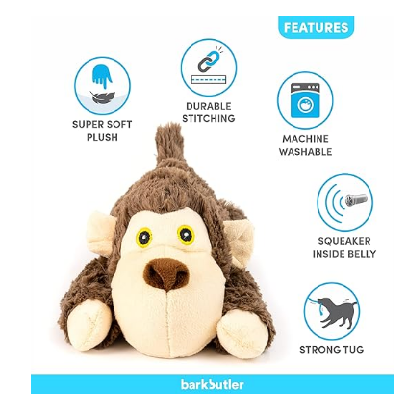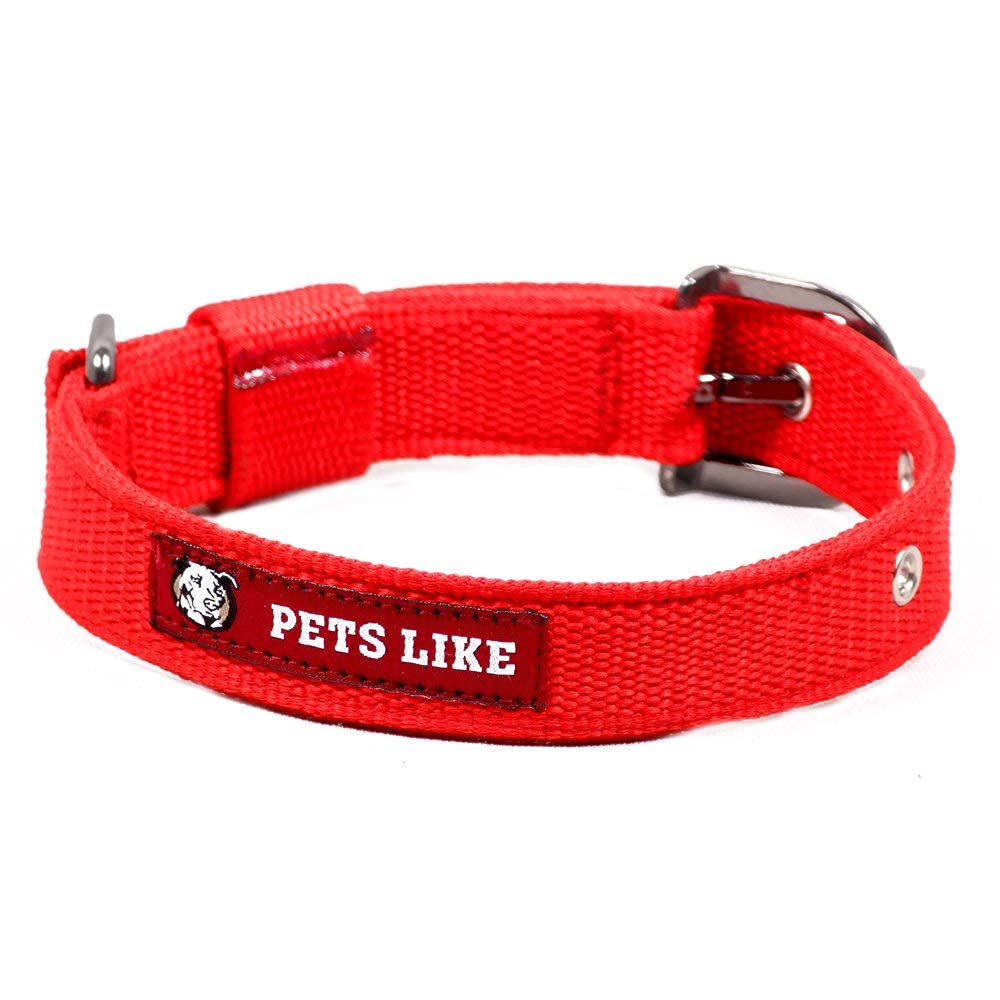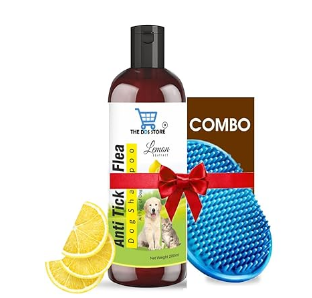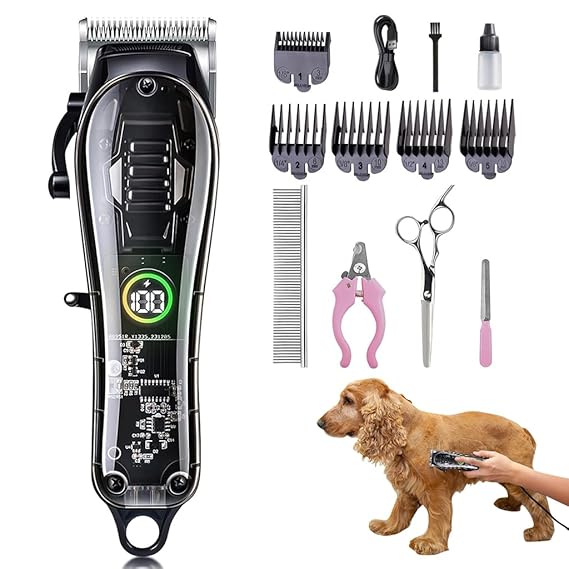Welcoming a new pet dog into your home is an exciting and joyful experience, but it also comes with responsibilities. For beginners, learning how to take care of a pet dog can feel overwhelming at first. However, with the right guidance and a little patience, you can become the best pet parent your dog could ask for. This guide will walk you through the essentials of how to take care of a pet dog, helping beginners establish a strong foundation for a happy and healthy companion.
Preparing Your Home for Your New Dog
Before bringing your new dog home, it’s crucial to prepare your space. Properly learning how to take care of a pet dog starts with creating a safe and welcoming environment.
Pet-Proofing Your Home:
- Remove small items, chemicals, or wires that curious dogs might chew or swallow.
- Secure any breakable or valuable items that could be knocked over.
- Block off areas where you don’t want your dog to go.
Setting Up a Dog Space:
- Designate a cozy corner for your dog to relax. This could include a comfortable bed, toys, and easy access to food and water bowls.
- For beginners, it’s helpful to start with a crate or gated area, providing your dog with a safe place to retreat while you learn to take care of your pet dog.
Stocking Up on Essentials:
Purchase appropriate food, bowls, grooming supplies, and toys. For beginners, having these on hand before the dog arrives makes it easier to take care of your pet dog during the transition.
Leash, collar, and ID tags are must-haves for walks and identification.
Feeding and Nutrition
A vital part of learning how to take care of a pet dog is ensuring they receive a balanced and nutritious diet. Beginners should start by researching the right kind of food based on their dog’s breed, size, and age.
Choosing the Right Food:
- The nutritional requirements of puppies, adult dogs, and senior dogs vary. Be sure to choose food that matches your dog’s life stage.
- Consult your vet about the best food brand, especially if your dog has dietary sensitivities.
Feeding Schedule:
- Stick to a consistent feeding schedule to regulate digestion and prevent overeating.
- Beginners often benefit from starting with two meals a day for adult dogs and three to four for puppies to help take care of your pet dog’s specific needs.
Foods to Avoid:
- Keep your dog away from harmful foods like chocolate, grapes, onions, and anything high in sugar or fat.
- Understanding these dietary risks is an important aspect of learning to take care of your pet dog.
Hydration:
Always provide access to clean, fresh water. Hydration is essential in ensuring you properly take care of your pet dog and their overall health.
Exercise and Playtime
A healthy pet dog needs regular exercise to stay fit and mentally stimulated. Beginners should aim to incorporate daily physical activities as part of their pet dog care routine.
Understanding Your Dog’s Energy Level:
- Different breeds have varying exercise needs. High-energy breeds like border collies need more activity than lower-energy dogs like bulldogs.
- As a beginner, observe your dog’s behavior. If they seem restless or bored, they likely need more exercise, a key aspect when you take care of your pet dog.
Daily Walks:
- Walking your dog not only provides exercise but also mental stimulation as they explore new sights and smells.
- Schedule at least one or two walks a day, which helps you take care of your pet dog’s physical and mental well-being.
Engaging Your Dog with Toys:
Beginners should start with a variety of toys (chew toys, interactive puzzles, balls) to see which ones their dog enjoys most and ensure they are taking care of their pet dog’s need for stimulation.
Toys are an essential part of pet dog care. They keep your dog entertained and help prevent destructive behaviors.
Grooming Basics
Grooming plays a key role in keeping your pet dog healthy and looking their best. Learning basic grooming techniques is essential when learning to take care of a pet dog as a beginner.
Brushing and Coat Maintenance:
- Regular brushing helps to remove loose fur, prevent matting, and keep your dog’s coat shiny.
- For beginners, it’s important to choose a brush suited for your dog’s coat type (short, long, or curly) to properly take care of your pet dog’s grooming needs.
Nail Trimming and Paw Care:
- Overgrown nails can cause discomfort or lead to injuries. Trim your dog’s nails once a month or as needed.
- Regularly check your dog’s paws for cuts, debris, or signs of irritation. This ensures you take care of your pet dog’s paws, which are often overlooked.
Bathing Routine:
- Dogs don’t need frequent baths unless they get especially dirty. For beginners, bathing your dog once a month is a good rule of thumb.
- Use a dog-friendly shampoo that won’t irritate their skin to properly take care of your pet dog’s coat and skin.
Dental Care:
Just like humans, dogs need proper dental care. Regular brushing with dog toothpaste can prevent gum disease and bad breath, an important part of pet dog care.
Health Care Essentials
Taking care of your dog’s health is one of the most important aspects of pet dog care. For beginners, this means staying on top of vet visits and preventative treatments.
Regular Vet Check-Ups:
- Schedule yearly vet visits to monitor your dog’s overall health and catch any potential issues early.
- Beginners should ask their vet about breed-specific health concerns to better take care of their pet dog’s unique needs.
Vaccinations and Parasite Prevention:
- Vaccinations are crucial to protect your dog from common diseases. Keep a vaccination schedule and ensure your dog is up to date.
- Fleas, ticks, and worms can cause serious health issues. Use vet-recommended preventatives to take care of your pet dog’s health.
Recognizing Signs of Illness:
- Look out for changes in behavior, appetite, or energy levels. If your dog shows signs of illness, don’t hesitate to consult your vet. Taking care of your pet dog’s health starts with recognizing early warning signs.
Spaying/Neutering:
Spaying or neutering your dog not only helps control the pet population but can also prevent certain health problems later in life.
Basic Training and Socialization
Training your dog is a crucial part of pet dog care, especially for beginners. Proper training ensures you take care of your pet dog’s mental and behavioral development.
Teaching Basic Commands:
- Start with simple commands like “sit,” “stay,” and “come.” These form the foundation for good behavior.
- Use positive reinforcement, such as treats or praise, to encourage learning and take care of your pet dog’s behavioral growth.
House Training:
- House training requires patience and consistency. Take your dog outside regularly and reward them when they go in the right place.
Socializing Your Dog:
Expose your dog to different people, environments, and other dogs to prevent fear or aggression. Socialization is an essential part of learning to take care of your pet dog’s social well-being.
Creating a Routine
Dogs thrive on routine, and establishing one is an essential part of pet dog care for beginners.
Consistency is Key:
- A consistent routine for feeding, walking, and bedtime helps your dog feel secure and reduces anxiety. Consistency is a cornerstone of how you take care of your pet dog.
Adapting to Your Dog’s Needs:
- While routines are important, remain flexible and adjust as your dog grows or their needs change.
Handling Separation Anxiety:
If your dog struggles with being alone, start by leaving them for short periods and gradually increasing the time. This helps take care of your pet dog’s emotional health.
Conclusion
To take care of a pet dog may seem challenging for beginners, but with the right approach, it’s an incredibly rewarding experience. Remember, every dog is unique, so be patient as you learn what works best for your furry friend. By following this guide, you’ll be well on your way to becoming a confident and loving dog owner, ensuring that you know exactly how to take care of your pet dog.
Related Posts:










